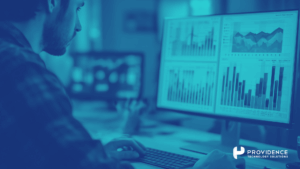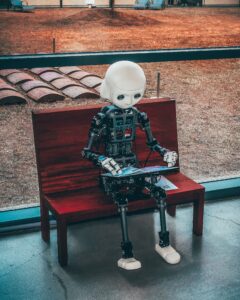Let’s be honest: employee experience used to be a “nice-to-have.” Something mentioned at offsites or stuck in a slide at the end of a presentation.
Not anymore.
Today, how people feel at work—how supported, seen, and valued they feel—is directly tied to how long they stay, how well they perform, and whether they’re talking your company up or quietly scrolling job boards.
And as HR professionals, that reality lands squarely on your shoulders.
But here’s the good news: you’re not alone in trying to get it right. Technology is finally catching up to the real needs of real people. And when it’s used thoughtfully, HCM technology can be one of your strongest tools for making the employee experience not just better—but easier, more human, and more sustainable.
The Small Stuff Isn’t Small
Think about it. Most employees won’t remember your open enrollment communication strategy. But they will remember how complicated it was to enroll their child in benefits.
They won’t praise your onboarding checklist. But they’ll absolutely notice if they spend their first week wondering who to contact, where to find forms, or how to log into anything.
These seemingly small moments add up. For many organizations, they’re where frustration—and eventually disengagement—starts.
That’s why the employee experience isn’t just about perks or mission statements. It’s about how people interact with your systems every single day. Do your tools support them, or make their jobs harder?
Tech That Feels Like It Was Built for Humans
Here’s the thing: your HCM platform doesn’t need to be flashy. But it does need to work for the people using it.
It should be easy to find time-off balances without calling HR. It should be possible to update benefits during lunch—on a phone. And when employees have questions about pay, it shouldn’t feel like solving a mystery.
This is what strong HCM technology does. It doesn’t just “check boxes”—it gives people confidence in their workplace. It builds trust. And trust leads to retention, loyalty, and yes, better performance.
What Forward-Thinking HR Teams Are Doing Differently
We’ve worked with a lot of HR teams—from small companies to enterprise-level organizations. And the ones leading the way in employee experience all have one thing in common: they stop seeing tech as just infrastructure and start seeing it as a tool for connection.
They ask things like:
- Can our people find what they need, when they need it?
- Are we using data to personalize and improve—not just monitor?
- Do our tools reflect how we actually work now—hybrid, mobile, fast-paced?
The right tools can help you say “yes” to all of that.
It’s Not Just a System. It’s a Signal.
Your tech stack is a reflection of how much your company values its people.
When things work well, people feel respected. When they don’t, they feel overlooked. It really is that simple.
And for HR teams trying to drive engagement and improve wellbeing, that’s a critical insight. Because you can’t build culture on a clunky foundation. Your tools need to be just as thoughtful as your policies—and just as people-first.
Let’s Make the Employee Experience Work for Everyone
At Providence Technology Solutions, we help HR teams design experiences that work for people—not just processes. From configuring user-friendly dashboards to smoothing out onboarding, payroll, and benefits workflows, we’re here to ensure that the systems you rely on actually support your people.
Because if your technology feels human? Your people stay longer. They engage more. And you spend a whole lot less time putting out fires.
Ready to reimagine your employee experience?
Let’s talk about how we can make your HCM technology work for your people—and your goals.
Book a discovery call with Providence Technology Solutions and see how better tech leads to better workdays.








